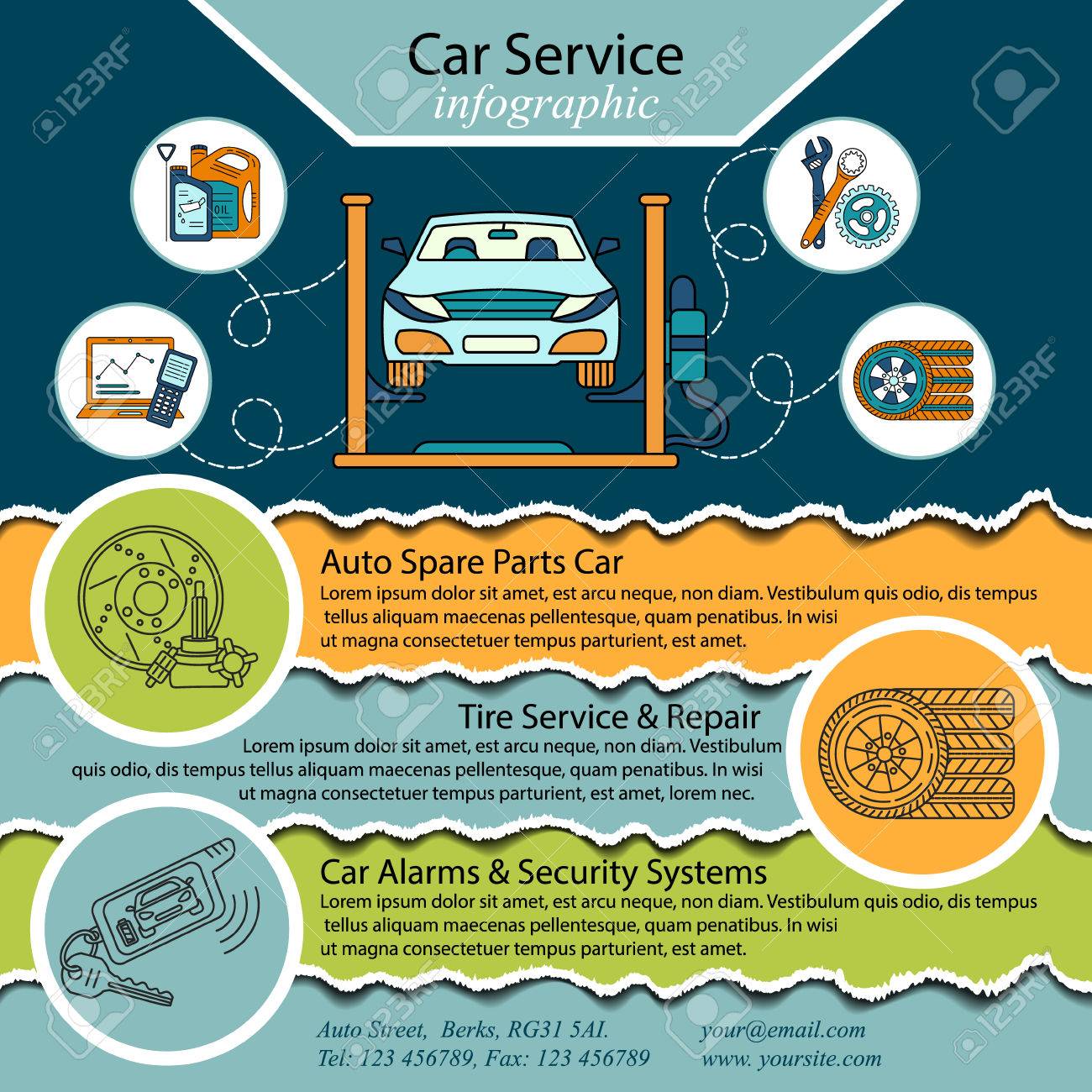Realizing The Value Of Your Vehicle'S Warning Signals: What They In Fact Stand For
Realizing The Value Of Your Vehicle'S Warning Signals: What They In Fact Stand For
Blog Article
Web Content Writer-Higgins Kejser
When you lag the wheel, those beautiful caution lights on your dashboard can be a bit puzzling. Do you understand what they're trying to inform you about your auto's health and wellness? Comprehending the significance of these lights is important for your security and the long life of your lorry. So, the next time one of those lights appears, wouldn't you intend to analyze its message properly and take the needed steps to resolve it?
Common Warning Lights and Interpretations
Determine common warning lights in your automobile and recognize their definitions to guarantee secure driving.
mobile car grooming near me of the most regular warning lights consist of the check engine light, which signifies problems with the engine or exhausts system. If this light comes on, it's vital to have your car checked without delay.
The oil stress warning light suggests low oil stress, requiring immediate interest to avoid engine damages.
A blinking battery light might suggest a defective charging system, possibly leaving you stranded if not addressed.
The tire pressure monitoring system (TPMS) light alerts you to reduced tire stress, affecting lorry security and gas effectiveness. Overlooking https://www.consumerreports.org/car-maintenance/things-to-know-about-oil-changes-for-your-car-a9532249359/ can cause dangerous driving conditions.
The abdominal muscle light shows a problem with the anti-lock braking system, compromising your capacity to stop rapidly in emergency situations.
Lastly, the coolant temperature level cautioning light warns of engine overheating, which can lead to extreme damage otherwise settled quickly.
Comprehending these common warning lights will aid you attend to issues quickly and preserve safe driving problems.
Significance of Prompt Focus
Understanding the usual caution lights in your car is only the first step; the relevance of without delay resolving these warnings can not be stressed enough to guarantee your security when traveling.
When a caution light brightens on your dashboard, it's your vehicle's means of communicating a prospective problem that needs attention. Disregarding these cautions can cause a lot more extreme troubles later on, compromising your safety and potentially costing you more out of commission.
Trigger attention to alerting lights can protect against breakdowns and accidents. For example, a blinking check engine light can indicate a misfire that, if left ignored, might trigger damages to the catalytic converter. Resolving this quickly can save you from an expensive fixing.
Likewise, a brake system alerting light might indicate low brake fluid or used brake pads, vital components for your safety and security when driving.
DIY Troubleshooting Tips
If you see a caution light on your control panel, there are a few DIY troubleshooting pointers you can try prior to looking for professional assistance.
The first step is to consult your auto's handbook to comprehend what the particular warning light indicates. Sometimes the problem can be as simple as a loose gas cap triggering the check engine light. Tightening up the gas cap may resolve the trouble.
An additional usual concern is a reduced battery, which can set off different warning lights. Inspecting the battery connections for deterioration and guaranteeing they're safe and secure could fix the problem.
If a caution light persists, you can try resetting it by separating the cars and truck's battery for a few mins and after that reconnecting it. Additionally, examining your car's liquid levels, such as oil, coolant, and brake fluid, can aid troubleshoot cautioning lights connected to these systems.
Final thought
To conclude, understanding your vehicle's warning lights is vital for keeping your vehicle running smoothly and safely. By immediately addressing these notifies and knowing what they mean, you can stay clear of pricey repair services and possible breakdowns.
Keep in mind to consult your auto's guidebook for certain details on each alerting light and do something about it as necessary to make sure a hassle-free driving experience.
Remain educated, remain safe when driving!
